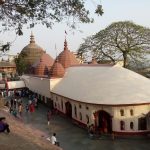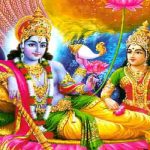Syro-Malabar Catholic Church celebrates India’s ancient roots in Christianity
As many as 5 million Indian Catholics belong to the Syro-Malabar Church, one of 22 “Oriental” or “Eastern” churches in full communion with the Catholic Church. (Another Eastern Church, the Syro Malankara church, also is centred in India. All other Indian Catholics are “Latin” rite, not because they worship in Latin, but because their liturgical tradition is the Roman rite, celebrated in local languages).


The Syro-Malabar church is Indian in history and makeup, an ancient church with its own hierarchy under the authority of the pope. The adjective “Syro” in Syro-Malabar, like the broader definition of “Syrian Christian” in India, refers to the liturgical rite that the Christians celebrate, not to Syrian ethnicity. “There may be some faint traces of Syrian blood in a few Syrian Christian families, but the vast majority of the community today belongs to one or other of an Indian race, Dravidian or Aryan. In language, dress and other customs, they do not differ from their Hindu counterparts.”Many Syrian Christians, including Syro-Malabar and Syro-Malankara Catholics, “regard themselves as the descendants of the high caste Nambudiri Brahman converts of Saint Thomas.
Syro-Malabar Catholics trace their origin to St. Thomas the Apostle, who is said to have come to India in 52 AD and to have been martyred near Chennai. Seven churches in Kerala and Tamil Nadu are commonly said to have been founded by the Apostle, and a Christian tradition grew up from there, linked to the East Syrian Church, which was a primary source for Syro-Malabar Christians’ liturgy, spirituality, governance and practices
Syro-Malabar Catholics, Syro-Malankara, and Latin Catholics may receive communion at each other’s liturgies.
Courtesy: https://www.catholicsandcultures.org









